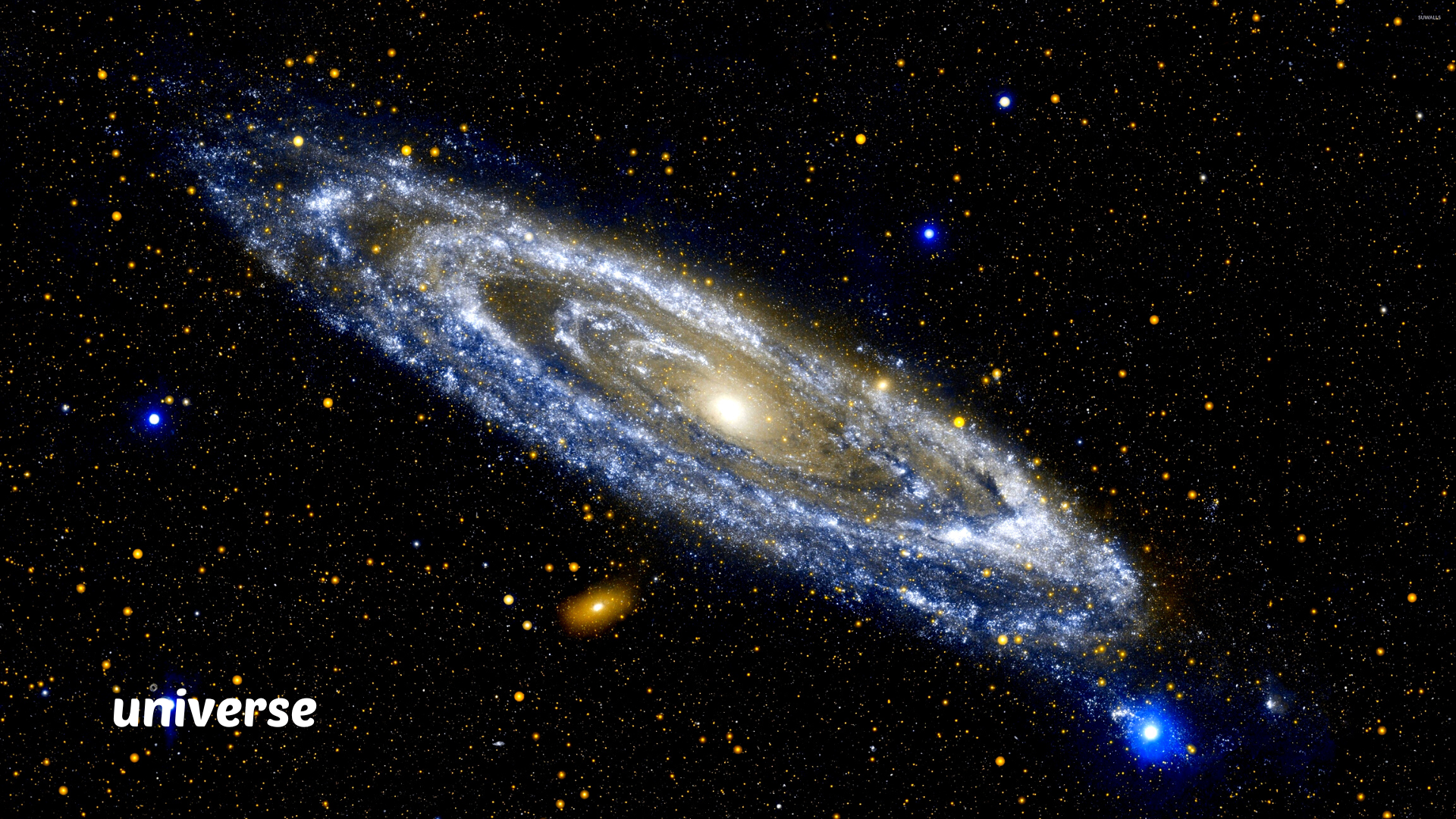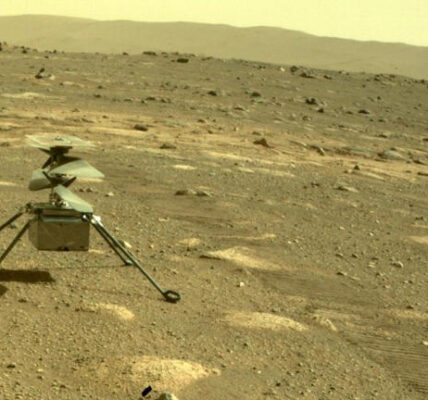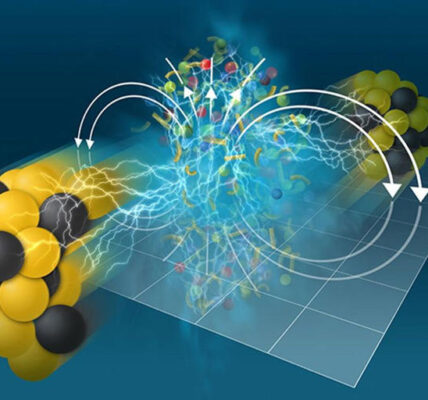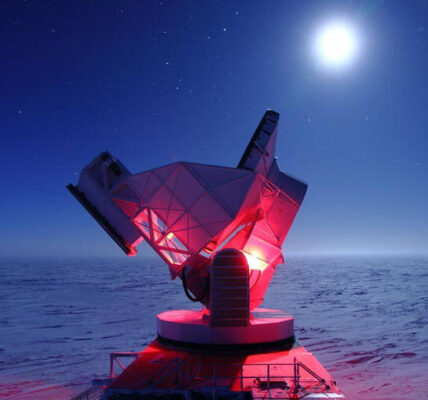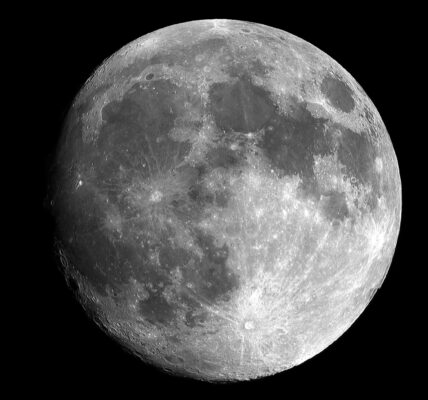Discover the fascinating world of carbon-rich protoplanetary disks with our latest blog post. Explore how NASA’s James Webb Space Telescope unveils the mysteries surrounding young, low-mass stars and their potential to form unique planets.
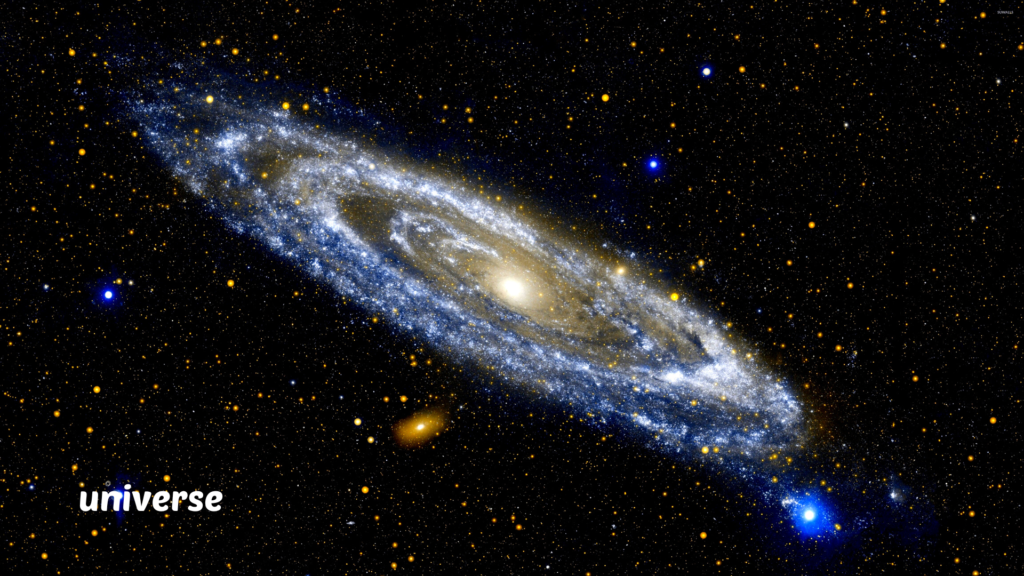
© Provided by AZoQuantum
Carbon-Rich Protoplanetary Disk: Unlocking the Secrets of Planet Formation
In the vast expanse of space, where stars are born, lies a captivating realm of carbon-rich protoplanetary disks. These cosmic nurseries hold the key to understanding the formation of planets around young, low-mass stars. Join us on a journey through the discoveries made possible by NASA’s James Webb Space Telescope as we delve into the intriguing world of these stellar phenomena.
The Enigmatic Realm of Carbon-Rich Protoplanetary Disks
Imagine a swirling disk of gas and dust surrounding a young star, teeming with carbon-containing molecules. This is the essence of a carbon-rich protoplanetary disk—a celestial crucible where planetary systems begin to take shape. Recent observations by the James Webb Space Telescope have unveiled unprecedented insights into these cosmic cradles, revealing a rich tapestry of hydrocarbon chemistry unlike anything seen before.
Unveiling Hidden Treasures: Webb’s Remarkable Discoveries
In a groundbreaking study, scientists peered into the heart of one such disk surrounding a young star known as ISO-ChaI 147. What they found was nothing short of astounding—a veritable treasure trove of carbon-bearing compounds, including ethane, ethylene, propyne, and the methyl radical. These molecules, previously detected in our own solar system, now dance gracefully within the planetary cradle of ISO-ChaI 147, more than 600 light-years away.
Implications for Planet Formation: A New Perspective
The abundance of carbon molecules in these protoplanetary disks paints a strikingly different picture of planet formation. Unlike the oxygen-dominated environments of solar-type stars, where water and carbon dioxide reign supreme, the carbon-rich disks around low-mass stars offer a unique setting for planetary genesis. With little carbon remaining in the solid components from which planets form, the resulting worlds may be markedly carbon-poor—a stark departure from Earth’s composition.
Bridging the Gap: MINDS Mission and Webb’s Unique Capabilities
Understanding the chemistry of these distant worlds poses a formidable challenge, given the limitations of Earth-bound observations. Enter the MIRI Mid-Infrared Disk Survey (MINDS) mission, leveraging the unparalleled capabilities of the James Webb Space Telescope. With its superior sensitivity and spectral resolution, Webb pierces through the veil of space, revealing the hidden molecular landscapes of protoplanetary disks with unprecedented clarity.
Looking to the Future: Expanding Horizons
But the journey doesn’t end here. Armed with these groundbreaking discoveries, scientists are poised to embark on a new frontier of exploration. Plans are underway to broaden the scope of investigation, encompassing a larger sample of protoplanetary disks around low-mass stars. By unraveling the mysteries of these carbon-rich terrestrial planet-forming zones, researchers hope to gain deeper insights into the origins and diversity of planetary systems across the cosmos.
Embracing Collaboration: A Multidisciplinary Endeavor
As we venture further into the unknown, collaboration emerges as a cornerstone of scientific progress. The findings from Webb’s observations transcend traditional boundaries, bridging the gap between disciplines such as theoretical physics, chemistry, and astrochemistry. Together, we unlock the secrets of the universe, one discovery at a time.
Conclusion: A Window into the Cosmos
In the vast tapestry of the cosmos, carbon-rich protoplanetary disks stand as testaments to the wondrous diversity of our universe. With each new revelation, we inch closer to unraveling the mysteries of planet formation and the origins of life itself. As we gaze into the depths of space, let us marvel at the beauty and complexity that surrounds us—a reminder of the boundless potential that lies waiting to be discovered.
ALSO READ:
“Mars Solar Eclipse: 5 Jaw-Dropping Images That Will Astonish You!”
